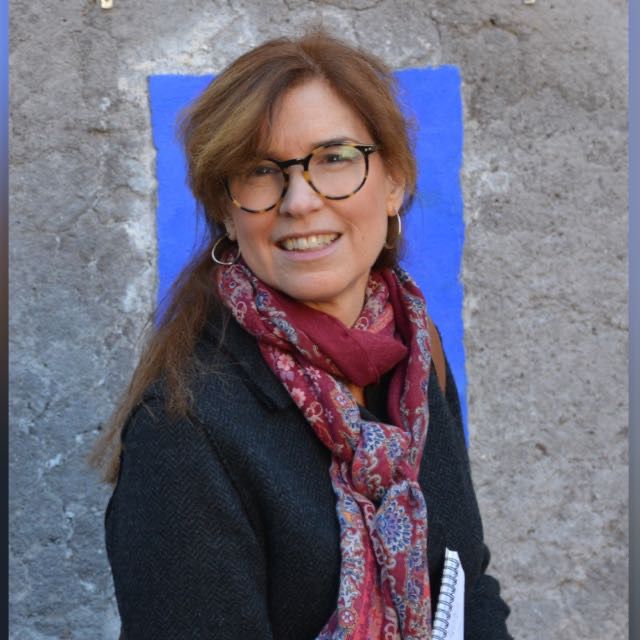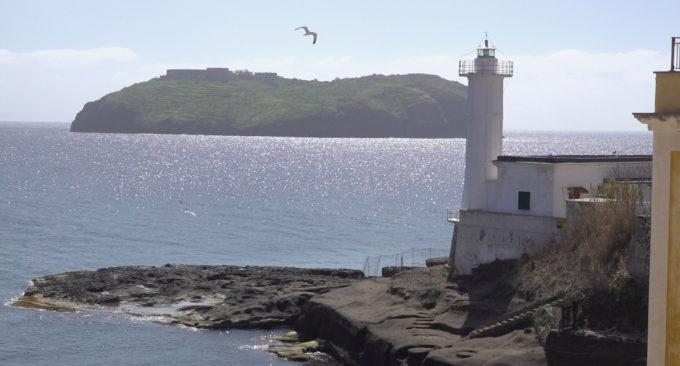
Dear Blog Readers,
Last weekend I traveled to the tiny island of Ventotene, about 25 miles (40 kilometers) off the coast of Italy, to participate in the Festival for European Solidarity in the Mediterranean (Festival dell’Europa Solidale e del Mediterranneo) bringing students, refugees, activists and journalists together to talk about how to overcome racism and discrimination and promote a Europe based on the values of democracy, peace and justice.
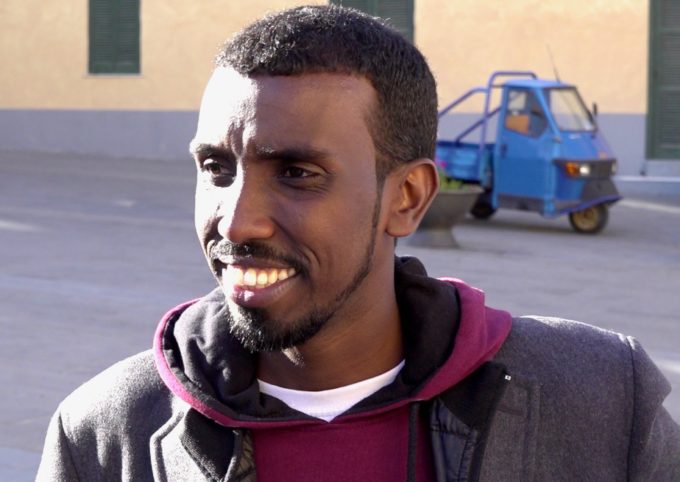
It was organized by the tireless and determined Abdullahi Ahmed who made the dangerous trip from Somalia at age 19 to Italy. Eleven years later, now an Italian citizen, he is encouraging both Italians and refugees from countries in conflict to learn about the dream of Europe.
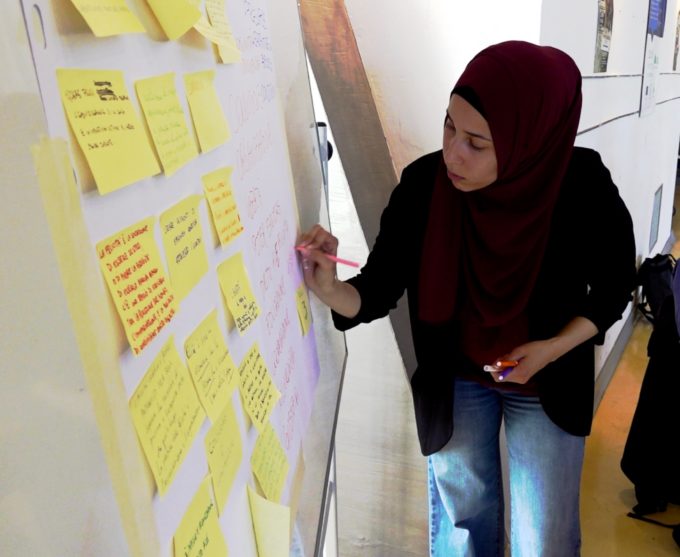
In 2016 Abdullahi got his Italian citizenship and decided that once he had the right to vote, to work and to return home to Somalia and come back, it was time to give something back to Italy. He created the Generazione Ponte Association (Bridge Generation) to build bridges between Italy and the areas of conflict from which refugees arrive. His focus is now on Italy and Europe.
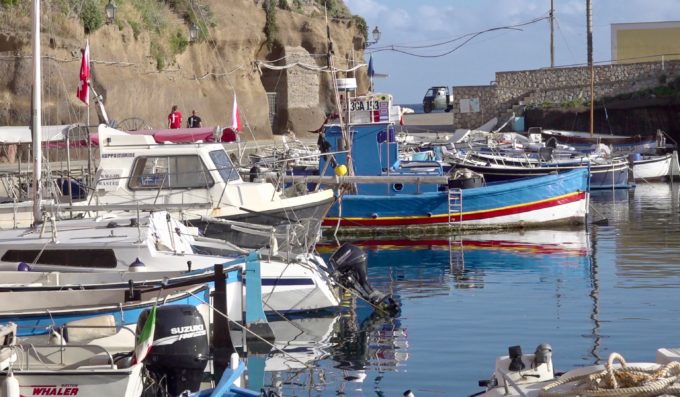
Abdullahi chose to hold his festival on the island of Ventotene, because of its significance for Europe and the values of peace and freedom that it represents. “I think of my country, Somalia, a rich land but lacerated by a 30 year conflict and I also think that Europe was massacred without break before there was finally peace. Ventotene teaches us that peace is possible.”
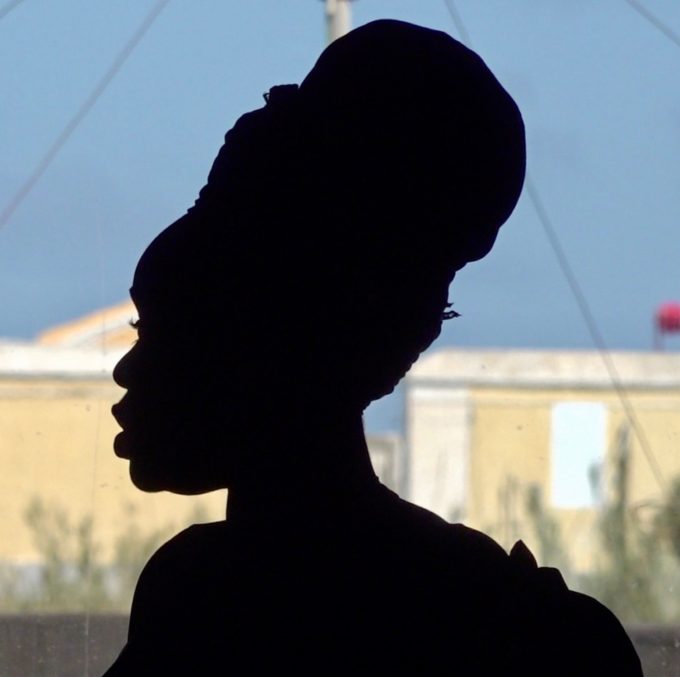
In 1941, Italian anti-fascist intellectuals Altiero Spinelli and Ernesto Rossi wrote what is known as the “Ventotene Manifesto” in which they laid out their vision of a “free and united Europe” with the elimination of national, sovereign states. At the time of the writing, the two men were incarcerated on the island by Mussolini and Hitler reigned in Germany. The prisoners took for granted the defeat of Nazism and Fascism and envisioned a future of a peaceful, unified Europe.
With its original name “A Free and United Europe. A Draft Manifesto,” the document was passed from hand to hand by partisans until it was eventually published in 1944. It laid out their dream for a Europe made up of democratic nation states that guaranteed freedom of speech, education and a social safety net for its citizens. It became the philosophical basis of the European Union.
Fast-Forward 78 years, Europe is in turmoil, the United Kingdom is struggling with how to manage Brexit, populist parties with agendas focused on national identity are on the rise eager to make their mark in this month’s EU elections. An uncontrollable fire that burned through the roof of the Cathedral of Notre Dame in Paris and sent the spire toppling in a blaze of orange in April seemed to symbolize the state of the Europe.
Just last week in Italy, a group of Italian football fans gathered near the piazza in Milan where Mussolini was hung upside down after being shot. They held up a banner saying “Honor to Benito Mussolini”. The fans wore black shirts and held up their right arms in the fascist salute while shouting “comrade Benito Mussolini.” The brief video is chilling.
Fortunately, there is Abdullahi Ahmed who represents something very different that is happening in Europe, an open-minded, optimistic young man who believes in the future laid out at Ventotene and is doing something about it.
Abdullahi says he believes in peace because he got to know war when he was three years old in Mogadishu and then spent the next 16 years living with it until he left his home to head for Europe at age 19. He is the oldest of seven children. He did not say goodbye to his parents, instead he left a letter for his mother. He then departed with just the shirt and pants he was wearing, not even a photo of his family. It took seven months for him to traverse Ethiopia, travel across the Sudanese desert and up into Libya to Tripoli, then over the Mediterranean to Italy. He says he had to pay traffickers in each country along the way. The worse part was the trip across the desert where he said there were about 40 migrants in two pickup trucks. He explained that if the truck breaks down, it is all over.
Once in Italy, Abdullahi was taken to a center for migrants near Turin, an area that has now become his home. For the past 11 years Abdullahi has hustled to help his family. With a salary of 1,200 euros a month as a cultural mediator, he managed to pay 6,000 per year to put one of his brothers through medical school in Istanbul, now he is paying for another brother to study architecture. He also paid for his sister to go through nursing school in Mogadishu.
With his talent for organization, Abdullahi brought 80 people from at least 15 different countries, many with little children, to Ventotene to discuss a democratic ideal laid out in the American declaration of independence, “the pursuit of happiness.”
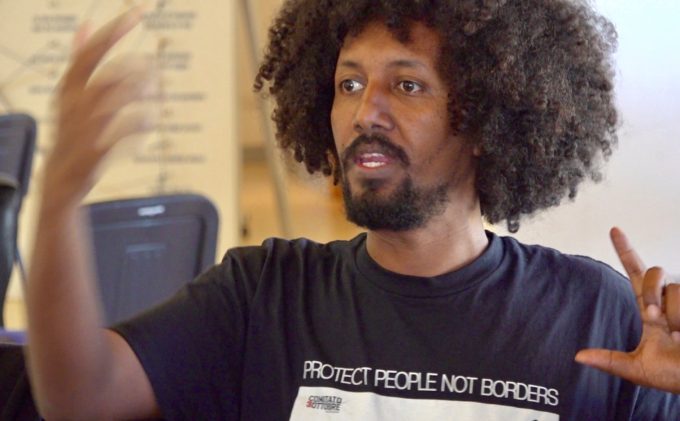
In a morning workshop, I found myself discussing this topic with refugees and migrants from Somalia, Iraq, Pakistan, Moldavia, Gambia, Eritrea, the Democratic Republic of the Congo, Senegal, and Afghanistan. The variety of viewpoints was fascinating. Some of us concentrated on the happiness provided by democracy, peace and the rule of law, insisting that happiness can be gained when one has freedom of speech, possibility for education, healthcare, and the freedom to love who one wants and pursue one’s dreams. Others suggested that happiness is an illusion, a mirage, a utopia. Someone said happiness is a luxury. Someone else said it is just a fleeting moment like a drink of water when you are desperately thirsty in the desert. One man said that “happiness is living in a small room as though it were a castle.” We spoke of the innocence of children and the happiness of small things. We spoke about the people in our society who have everything yet are “stressed and repressed.”
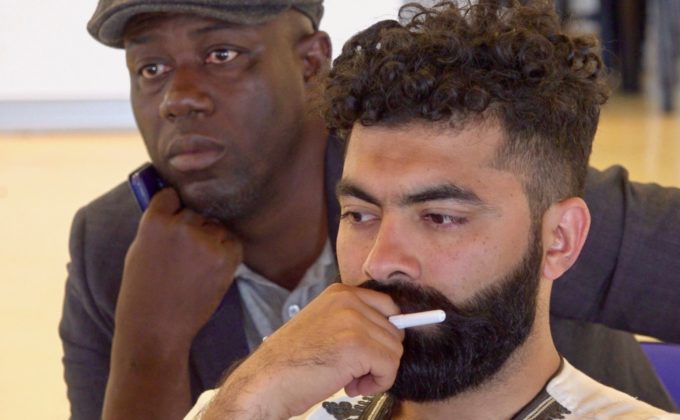
As a journalist, I was invited to participate in the concluding panel. Abdullahi had been a bit vague about what I was supposed to speak about so I assumed it was my experience covering migrants in Italy. I reviewed a series of reports I have done on survivors of sinking dinghies, girls trafficked from Nigeria, and migrants forced at gunpoint to leave relatives behind on the beach in Libya. It turns out, that is not what the festival was all about.
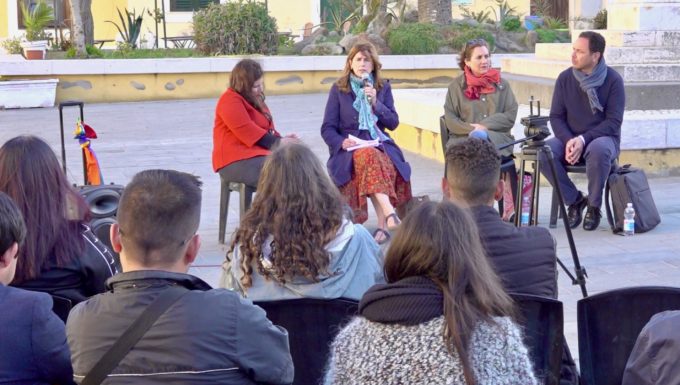
Abdullahi explained to me that they don’t want to be seen as victims, they do not want to be the object of pity, they want to be the protagonists of their future, and be a part of what Europe has to offer. They are tired of discussions in the political sphere and the media over whether migrants should be welcomed or pushed away, they want to talk about their own contribution to Italian society.
I went to Ventotene intending to offer my knowledge and experience, instead I came away learning from Abdullahi and all the others I met there. Sometimes listening is better than speaking.
VENTOTENE BACKGROUND
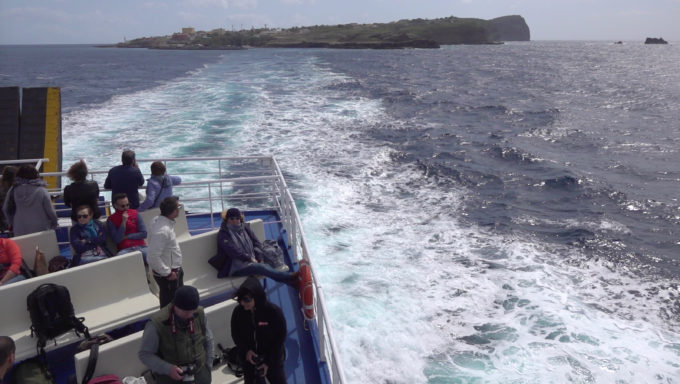
The tiny island, about two miles long, was first occupied by the Romans when Emperor Augustus decided to build a villa where he could escape from the pressures of Rome, far from bothersome bureaucrats and plotting enemies. The problem was there was no source of fresh water, but the Romans had a talent with water and built enormous cisterns on the island. They are still there today and we had a fascinating tour.
Once the water problem was resolved, the Emperor had a spacious villa built with a monumental staircase leading up from the port, marble statues, fountains, and the usual combination of hot, tepid and cold baths –the caldarium, tepidarium and frigidarium. The area of the compound for the emperor and his family stretches out towards the sea, while further up the hillside were the slave quarters.
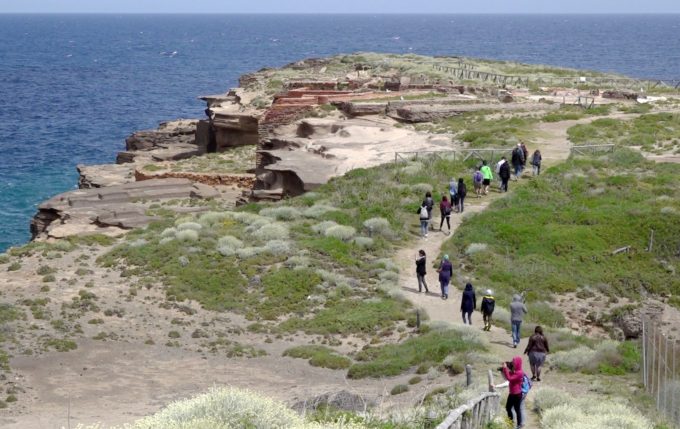
Sadly though, the villa was used for sending five different women from the imperial family into exile. The most famous was Julia, the only child of Emperor Augustus, the longest ruling Roman emperor who held power for 40 years. Augustus married his only child off to various men who were useful to him politically.
She was betrothed at age two to her cousin Marcellus and married him at age 14. Marcellus died after a few years, so her father quickly arranged a marriage to his best friend and right-hand man Marcus Agrippa. Agrippa was 43 and Julia 18. They had five children. Several of Giulia’s children and husbands seemed to die rather terribly and mysteriously and many believe that her step-mother, Livia, eager to have her own son Tiberius succeed Augustus, might have had something to do with it.
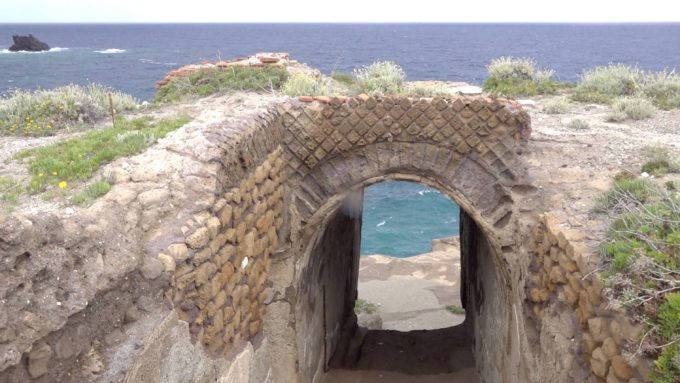
Eventually when Agrippa died, Julia was obliged to marry her step-brother Tiberius (a rather mixed-up and unstable individual). According to various historical accounts, Julia took several lovers while Tiberius was off on military missions. Her step-mother Livia did not waste a moment in telling told her father, Emperior Augustus that Julia was an adulterer and, as a result, Augustus exiled the 37-year-old Julia to the island of Ventotene and left her there to die. Julia died at the age of 53 never having returned to Rome.
The other women exiled on Ventotene were Agrippina Maggiore (Julia’s daughter), Livilla, Ottavia (Nero’s wife), and Flavia Domitilla.
